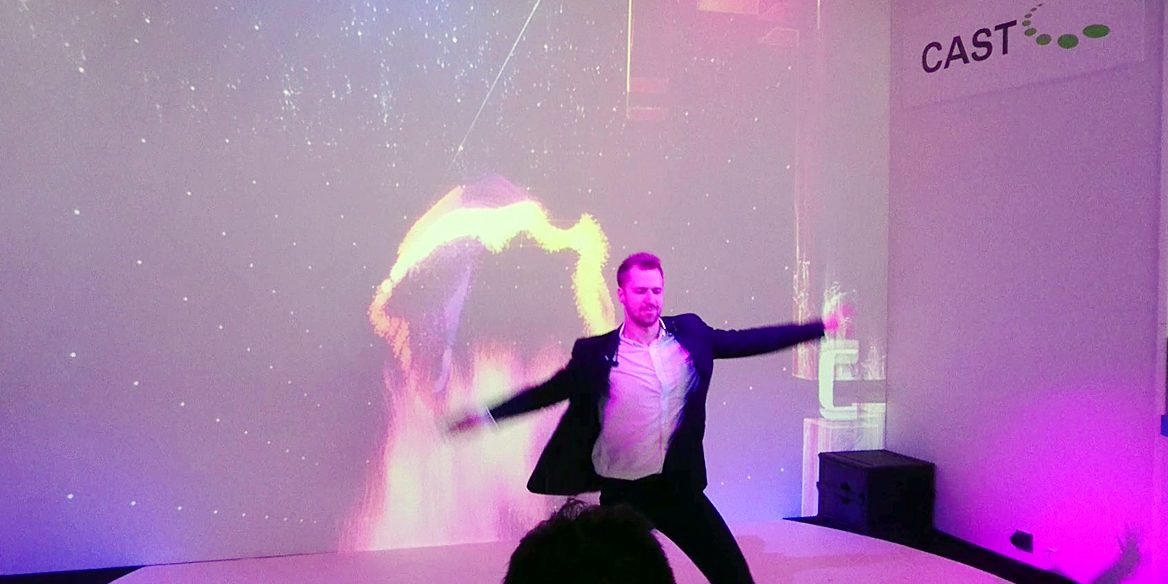One of the biggest buzzwords at Prolight + Sound 2018 was “Immersive Technologies”. Whether sound systems that made new worlds of sound possible, 3D displays, or extraordinary fulldome projections, the exhibitors from these areas brought along lots of fascinating products. But what’s behind this technology?
Immersive Technologies create new (live) experiences
The category of Immersive Technologies collects all forms of perceptive (entry for the users) and interactive (output from the user) hardware technologies with whose help the borders between the physical and the simulated or rather digital world seem to dissolve. In order for it to succeed, tools for developing and recording are necessary to combine various technologies so the views have the feeling of diving into a seemingly completely new world.
Generally speaking, immersive technologies can appear in three areas: perception, interaction, and software. With the so-called perceptive technologies, products are created in such a way that one or several of the five human senses (hearing, seeing, feeling, tasting, and smelling) can be stimulated. The visual as well as the audio component plays an increasing role in the design of (live) events. Whether projected artists on the stage or playing a sound with visual effects, with the realization of large events, organizers pay increasing attention that the audience is offered an impressive show in every aspect.
Important developments in the visual and audio execution of immersive technologies:
Visually:
- 3D displays
- holograms
- Fulldome
auditory
- 3D audio effect
- Surround sound
- Immersive audio
Interactive event design – getting away from strict agendas
While perceptive technologies deliver input to the users, interactive technologies recognize various outputs, and react correspondingly.
Examples for interactive technologies are language recognition solutions, movement design solutions, omnidirectional belts (with which the user can move in several directions in a virtual reality), and brain-computer interface technologies.
At Prolight + Sound there were also important innovations in this area. With the real-time tracking applications von BlackTrax the movements of a dancer are not only projected live onto a screen, even light and sound systems adjust to the movements. This way events can be steered flexibly and offer audiences an individual experience at every event.
The development but even the use of immersive technologies increase daily and offer event organizers the possibility to integrate visibility and participants in the corresponding event on an entirely new level. It will remain interesting to see how this branch will continue to expand.





